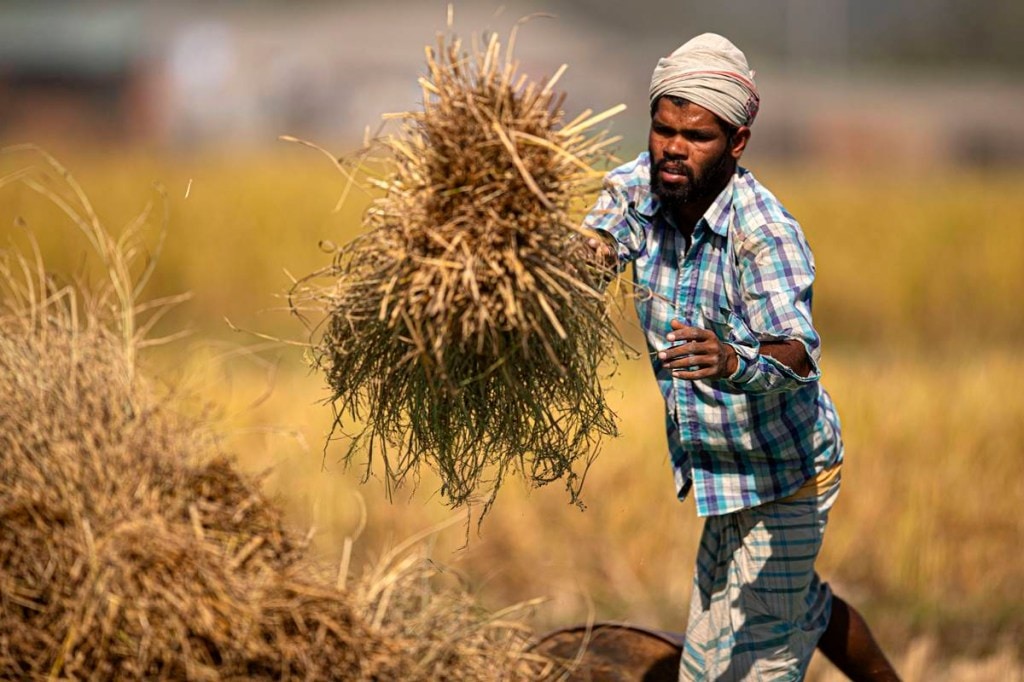Rationale for the index
According to a recent study by Nabard, more than 60% of the ‘very high’ and ‘high’ distress small and marginal farmers did not get loan waiver benefits in the last many years.
In Maharashtra, for instance, more than 42% of such farmers haven’t been eligible for loan waivers. Even in Uttar Pradesh, 47% farmers are deprived of loan waiver benefit.
On the other hand, sugarcane farmers from Maharashtra and UP received benefits of loan waivers, even though they possessed irrigated land and enjoyed price support.
Farmers with largely non-irrigated lands who grow lower-value crops especially those which are not procured by the government at minimum support prices have little access to the financial system.
Key elements of the index
The index will integrate high frequency data on weather conditions, climatic conditions, debt burden on farmers, agricultural commodities and the market.
It would measure variables such as monsoon rains, excessive rainfalls, drought and dry spells, variations in temperature and soil moisture, yield of major crops in each district, area under irrigation, depth of underground water and unusual frost. Marketing opportunities available to the farmer including MSP support will also be assessed.
The index will also have a metrics on the existing level of debt burden of the farmers, their access to crop insurance.
Benefits
Based on the severity of distress, the government and lenders can provide a combination of unconditional grants, crop loan restructuring or complete debt waivers. The assistance to individual farmers can be based on a combination of district index and individual farmers’ distress measured via irrigation status of his land, income from crops grown by him, average productivity of the district and the average price in Agricultural Produce Market Committee (APMC) markets of the district as compared to the average price of the state.
Such an index can help policymakers in not just predicting but also monitoring farmer distress. Timely monitoring of distress would help in formulating mitigation measures. Instead of focusing just on the aspect of crop damages, the index would provide a more holistic view of farmer distress.
HIGHLIGHTS:
-The UPA government at the Centre announced a Rs 60,000-crore loan waiver scheme for farmers in 2008
-13 states have rolled out farm loan waiver schemes since 2012-13
-Uttar Pradesh implemented a Rs 36,000-crore loan waiver in 2019
-Maharashtra announced a Rs 30,000-crore scheme in 2017
